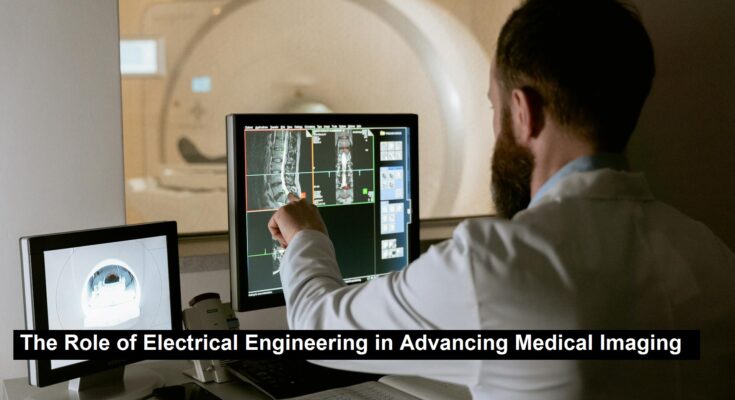Electrical engineering has been a driving force behind the evolution of medical imaging, a crucial field for diagnosing and monitoring various health conditions. From the earliest breakthroughs to modern advancements, engineers have continually enhanced the precision and safety of these technologies, revolutionizing the way healthcare professionals see inside the human body.
The journey began with the discovery of X-rays in 1895, a transformative moment in medicine that allowed doctors to view internal structures without invasive procedures. Electrical engineers have since refined this technology, moving from traditional film to digital systems, significantly improving image clarity and speeding up the process for patients.
In the 1970s, innovations like magnetic resonance imaging (MRI) and computed tomography (CT) scans emerged. MRIs use radio waves and magnetic fields, while CT scans rely on X-rays to generate cross-sectional images of the body. Electrical engineers have continually refined these technologies, enhancing resolution, reducing scan times, and improving overall patient comfort.
The 1990s saw a major shift from analog to digital imaging, largely due to advances in digital sensor technology. This change boosted image quality and streamlined processes in hospitals, allowing for easier storage and sharing of medical images. IoT Trends, such as remote patient monitoring and wearable sensors, are revolutionizing medical imaging by enabling real-time data collection, improved diagnostics, and personalized treatment plans. Engineers also improved ultrasound devices, making them more portable and efficient for critical uses like emergency and prenatal care. In nuclear medicine, enhanced detectors provide intricate images of metabolic processes, aiding in disease detection.
Read: Uptime and Availability: The Pillars of Manufacturing Efficiency
The integration of artificial intelligence (AI) is one of the most promising areas in medical imaging. The rapid evolution of the digital space has significantly advanced medical imaging by enabling the development of sophisticated AI algorithms for image analysis, facilitating remote consultations, and accelerating the sharing and collaborative interpretation of medical images. AI-driven systems can detect abnormalities faster and more accurately than traditional methods, reducing human error and assisting in earlier diagnoses. Additionally, electrical engineers are advancing the miniaturization of imaging devices, making them portable for use in underserved areas, thus broadening access to critical diagnostic tools.
The Role of Electrical Engineering in Medical Imaging was contributed by Martell Services Group, an electrical contractor company
Challenges such as reducing radiation exposure, lowering costs, and addressing data privacy remain, but through continued collaboration between engineers and healthcare professionals, medical imaging will continue to evolve, improving patient outcomes worldwide. The impact of technology on advancing medical imaging has revolutionized healthcare by enabling earlier disease detection, more accurate diagnoses, and less invasive procedures.




